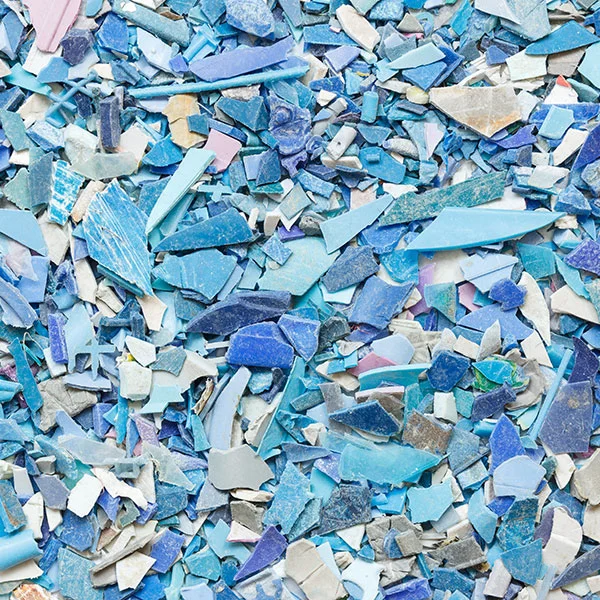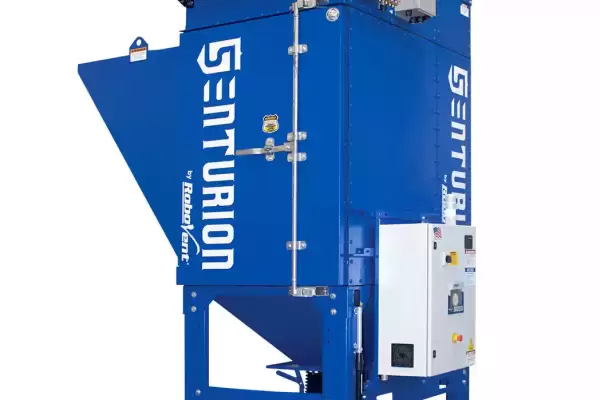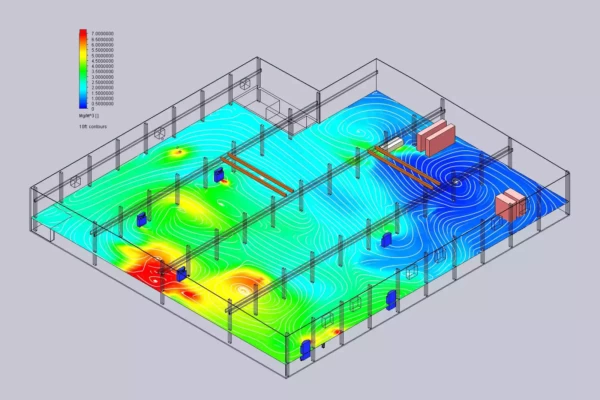 EXPOSURE RISKS FOR PVC GRINDING DUST
EXPOSURE RISKS FOR PVC GRINDING DUST
In any type of plastic manufacturing, there are risks specifically regarding workplace air quality. Due to the nature of the material, the machining and grinding of plastics like PVC can create an environment that is unpleasant—and even dangerous—to work in. PVC grinding, for instance, releases chlorine in the form of dioxins—a group of hydrogen, carbon and oxygen composites that are bonded to chlorine molecules. A common name for the most toxic of the dioxins, 2,3,7,8-tetrachlorodibenzo-p-dioxin, is TCDD. And, unfortunately, TCDD is released in the grinding of PVC.
Another factor to consider when dealing with air quality in relation to plastic-manufacturing methods, like PVC grinding, is the increased levels of airborne dust particulates. These particulates pose a risk in any manufacturing situation due to the potential for dust combustion.
Dust particulates serve as a fuel source for any nearby combustion that may occur in manufacturing—whether as a process or as an accident. The increased surface area of dust particulates means that dust will react to its environment more easily than a solid substrate and ignite, literally setting the air on fire. For this reason, optimal dust collection is a must.
 REGULATIONS FOR PVC GRINDING DUST COLLECTION
REGULATIONS FOR PVC GRINDING DUST COLLECTION
The Occupational Safety and Health Administration (OSHA) regulates both “nuisance dust” and that of particular substances. One of OSHA’s primary mechanisms for these regulations is the permissible exposure limit (PEL), which measures a worker’s exposure to a substance as an average over an 8-hour shift. OSHA has issued around 500 PEL’s.
PVC grinding produces certain dust particulates that are extremely dangerous. Vinyl chloride, for example, is associated with cancer. In fact, the Environmental Protection Agency classifies this chemical as a Group A human carcinogen. OSHA has a specific PEL for vinyl chloride and limits worker exposure to 1 ppm (TWA) with an action level of 0.5 ppm.
MORE DUST TYPES
SOLUTIONS FOR PVC GRINDING DUST COLLECTION
RoboVent can create a custom design to handle any dust-collection challenge while still giving your budget the attention it deserves. With our exclusive VentMapping software, we can target every problem area in your facility for the most cost-effective, clean-air solution.
If a more conventional solution would solve your dust problems, RoboVent has self-contained dust collectors like those in our Senturion Series. These can be configured individually or in a facility-wide grid system. RoboVent’s dust collectors increase your manufacturing plant’s efficiency both on a product level as well as an employee level. Clean air improves worker health, minimizes contamination of source materials and eliminates the potential for dust combustion, adding up to potentially hundreds of thousands of dollars a year in prevention.
PVC Dust Collection System Collectors
Clean Air Technology Services
CONTACT US
Contact one of our industrial dust experts to gain the advantage against dust-generating processes and applications.








